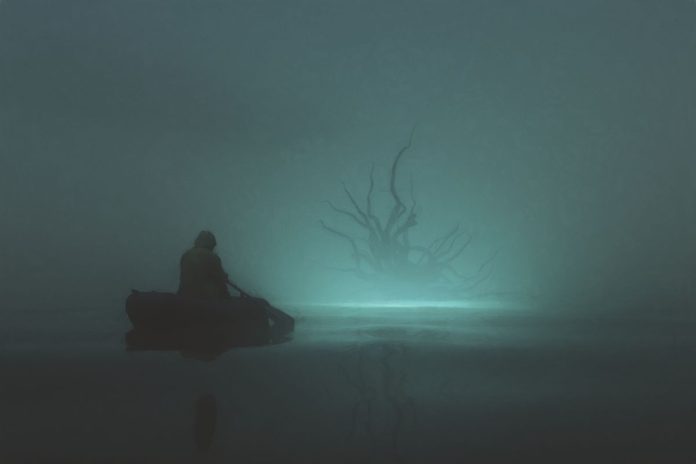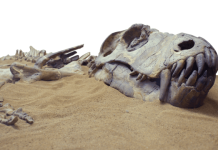Despite being the largest invertebrate species in the world, the colossal squid (Mesonychoteuthis hamiltoni) has never been observed in its natural habitat. However, this might have changed thanks to the efforts of Kolossal, a non-profit ocean research team. They believe they have captured footage of a juvenile colossal squid in the waters around Antarctica, a potential first in marine biology.
Kolossal’s team managed to capture this unprecedented footage by attaching a deep-sea camera to a polar tourism vessel. The expedition, which took place between December 2022 and March 2023, may have yielded the first-ever video of this elusive creature.
Earth’s Underwater Mysteries
Although humans spend most of their lives on land, Earth is predominantly a water world, with 71% of its surface covered by oceans. These vast and deep ecosystems remain largely unexplored, and many oceanic species are still shrouded in mystery. One of the most enigmatic of these is the colossal squid, a massive cephalopod that can grow as long as a bus and weigh up to 1,100 pounds.
Typically found in the Southern Ocean around Antarctica, the colossal squid is rarely seen by scientists. Most sightings occur when fishing trawlers accidentally catch them. The Kolossal team, however, used a novel approach to increase their chances of observing this creature in its natural habitat.
Innovative Imaging Techniques
The Kolossal team outfitted the polar tourism vessel, Ocean Endeavor, with a deep-sea camera to capture footage of marine life. This innovative method allowed them to document various species without the high costs and logistical challenges associated with traditional scientific research vessels. The footage was released and promptly shared by IFLScience on YouTube.
The Kolossal team emphasized the importance of understanding the rapid and complex changes occurring in Antarctica’s ocean ecosystems. They highlighted the growing tourism industry in Antarctica as a valuable resource for scientific collaboration, providing crucial access to remote regions.
Verifying the Footage
While leveraging tourism for marine exploration is a practical solution, confirming footage of a colossal squid remains challenging. The short clip captured by Kolossal is still under peer review, and experts are cautious about confirming the sighting. The squid in the video could potentially be an adult glass squid (Galiteuthis glacialis) or an entirely unknown species.
Aaron Evans, an expert reviewing the footage, noted that the squid could belong to different life stages of either known Antarctic species, Galiteuthis glacialis or Mesonychoteuthis hamiltoni. Regardless of the final identification, the footage represents a significant achievement in observing wild squid behavior in their natural environment.
Broader Discoveries
In addition to the possible colossal squid sighting, the camera recorded nearly 80 other species, including giant volcano sponges and Antarctic sunflower stars. These findings contribute valuable data to the scientific community, aiding in the study of marine biodiversity in the Southern Ocean.
Conclusion
The quest to observe the colossal squid in its natural habitat continues to intrigue marine biologists. While the recent footage from Kolossal’s expedition might not conclusively capture a juvenile colossal squid, it marks a significant step forward. As collaborations between marine biologists and tourism vessels continue, the mysteries of our planet’s oceans may gradually be unraveled, offering answers to some of the most profound questions about marine life.






